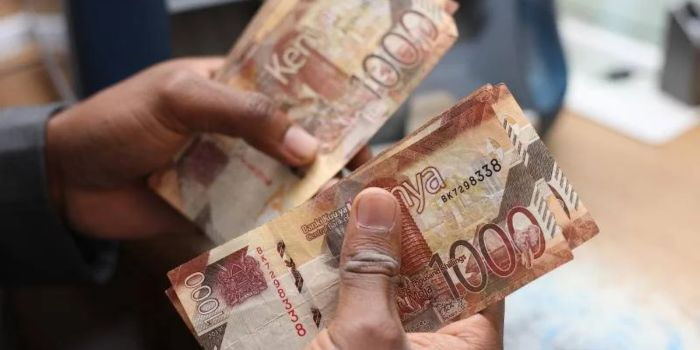The Central Bank has revealed that it is not employing any aggressive mechanism to hold the Kenyan Shilling steady.
According to the CBK Governor, the apex bank has largely allowed market factors to hold the shilling at about Ksh129 for nearly four months now.
The shilling has gained 21 per cent against the US dollar since January, according to tracking by Bloomberg, making it the best-performing currency in Africa at the moment.
Governor Kamau, while responding to questions at a press briefing following the Monetary Policy Committee meeting on Friday, December 6, said the shilling’s stability has been on account of the balance of payments.
Central Bank of Kenya Governor Kamau.
Photo
SMG
“If more foreign exchange comes in, then the exchange rate will tend to appreciate,” Governor Kamau explained. In essence, the more the dollar inflows in the country, the stronger the shilling.
He went on to add, “If less and more goes out, the exchange rate will tend to depreciate.” This means the shilling tends to weaken when demand for dollars increases, particularly due to imports like oil.
This is why the government has been aggressive with foreign remittances. Already the remittances have grown, and the CBK projects they will hit K646 billion by the end of the year.
And this can be seen in the data on the country’s forex reserves that have remained above three months of import cover. The forex reserve reached USD 9.32 billion (about Ksh1.2 trillion at current exchange rates) in November, the highest recorded this year.
Other factors that have been crucial to the steady shilling are the waves of foreign cash from tourism to tea exports, which have helped offset negative sentiments that would affect the exchange rate.
Governor Kamau said in October that the shilling is at appropriate levels and that policymakers are prepared to use record foreign reserves to defend the currency.
The interventions by the central bank at the moment are suppressing volatility in the shilling as officials try to keep the shilling from getting too strong.
On Friday, traders said, “The shilling is gaining strength against the dollar.” They told Reuters, “There’s more supply than demand.”
And the forecast for the next few weeks is that the shilling will remain stable. This is as the shilling overcame the shocks that saw other currencies lose to the dollar following Donald Trump’s presidential win early last month.
A photo depicting a person holding Kenya Shilling notes and US Dollar notes
Photo
Janta Kenya


